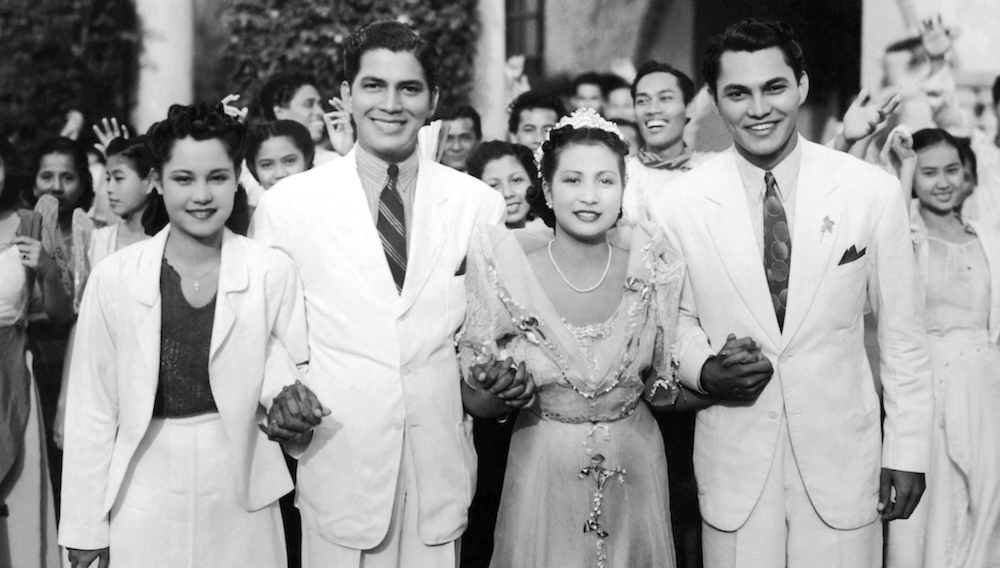LVN Pictures’ first-ever film ‘Giliw Ko’ is finally streaming for free

Photo from MoMa.org
Another gem of Philippine cinema is now streaming for free.
In commemoration of LVN Pictures matriarch Doña Sisang de Leon’s upcoming 146th birthday, the historic film studio’s first-ever film “Giliw Ko” is now made available on the Citizen Jake Vimeo channel managed by the Mike De Leon co-founded Cinema Artists production company. ABS-CBN Film Restoration is also slated to stream the film’s digitally enhanced version on Oct. 10.
Directed and written by “The Philippines’ Cecil B. DeMille” Carlos Vander Tolosa, “Giliw Ko” (“My Sweetheart”) is one of five surviving Philippine pre-war films still available in full. Most films from the era have either been lost or destroyed. The film premiered on July 29, 1939 at the Manila Metropolitan Theater with former President Manuel L. Quezon in attendance.
The film stars Mila del Sol as naive barrio beauty and aspiring radio singer Guia. Fernando Poe Sr. plays her earnest childhood sweetheart Jose whose blind father can actually create orchestra instruments made of bamboo. The pair seem content enough as they sing dreamy duets in the hacienda they both work, that is until Guia becomes infatuated with their hacienda landlord’s son Antonio during his short return trip from Manila.
Played by Ely Ramos, Antonio makes a promise to Guia to take her with him and make her a radio star. But living her dream isn’t what Guia imagined it to be, especially after finding out that Antonio is engaged to socialite Rosie played by Mona Lisa. What will Guia do now that she’s realized how much Jose really means to her?
“The film tackles the conflict between popular American and traditional Filipino songs. Though depicted with a light touch, the dark streak of our colonial mentality is integral to the plot and the rigid feudal class structure that defined the characters’ situation,” says De Leon about the film.
Made in the tradition of the zarzuela, “Giliw Ko” features music by Juan Silos Jr. and Ariston Avelino. Another interesting detail is how it was filmed in part at Doña Sisang’s own mansion on Broadway in New Manila, Quezon City.
One thought to have been lost to time, the film’s only extant but deteriorated 16mm print was given to De Leon by its cinematographer Remigio Young. It was then restored on film by the Australian government’s National Film and Sound Archive in 1997 and blown up to a new 35mm negative. The sound was lifted from existing U-matic tapes and digitally restored.
Last August at the The Metropolitan Theater, ABS-CBN Film Restoration premiered the 2K scanned and digitally enhanced version with audio restored at Narra by Wildsound Studios. ABS-CBN Film Restoration will be streaming it on their Facebook page on Oct. 10 at 7:30 p.m. So mark your calendars.

